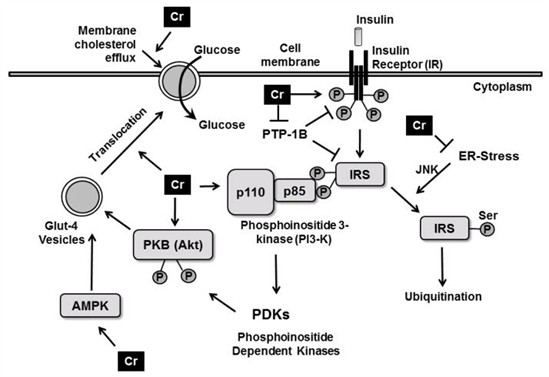Now that I am in clinic, the waves of exams have let up. Since this is my first trimester of clinic, I still have some classes and exams. That said it, is not nearly as rigorous as the basic and clinical science phases. Though I have less exams, I have Parts 2, 3, 4, and PT of the National Chiropractic Board Examination. In order to be a licensed doctor of chiropractic, one needs to earn a DC degree and pass all the parts of the national licensing exam. Each state has their own laws for licensure and many also have state exams.
In addition to seeing patients, my colleagues and I have dedicated a lot of time to studying for the board examinations. I will be taking Part 2 in August, Part 3 and physical therapy in October, and Part 4 in November. Part 2 consists of six tests in general diagnosis, neuromusculoskeletal diagnosis, diagnostic imaging, principles of chiropractic, chiropractic practice, and associated clinical sciences. All of these subjects have been covered in the curriculum, and while going through the prep books I have been using my notes from class as references. The classes at NUHS do a great job at preparing students for the board exams because of the in-depth basic and clinical science classes. We try and study for the boards in clinic for at least an hour every day.
One of the classes I am currently taking is structured around evaluating research and presenting the findings. PICO is an acronym for Population, Intervention, Comparison, and Outcome. I wrote about it previously in another blog, but now I have finished my presentation and can discuss what I did for the class. I compared chromium picolinate with metformin in patients with Type 2 diabetes. I used numerous articles that looked into a multitude of measurements to compare the effectiveness, including fasting blood insulin, fasting blood glucose, and HbA1c. I was surprised to find out that chromium is seen as a controversial supplement. There are systematic reviews that showed improvement in HbA1c levels in patients with Type 2 diabetes. I also found an article discussing the molecular mechanism by which chromium works.

Image Source: https://www.ncbi.nlm.nih.gov/pmc/articles/PMC3308119/
Chromium supplementation helps with Type 2 diabetes in many ways both in intra and extracellular signaling. Chromium is about half as effective as metformin in decreasing HbA1c. Metformin on average decreases it by 1.1% and chromium decreases it an average of 0.6%. The pharmaceutical intervention is superior to the supplement, but the difference is still significant compared to placebo, and it was a fascinating finding because I initially thought there would be no effect. Chromium can be found in broccoli, grapes, whole wheat, potatoes, and garlic. If one does not want to supplement, one can achieve adequate levels of chromium from those dietary sources — broccoli and grapes being the most abundant sources.
That is all for this week. Please email me any questions you have at [email protected]




0 Comments